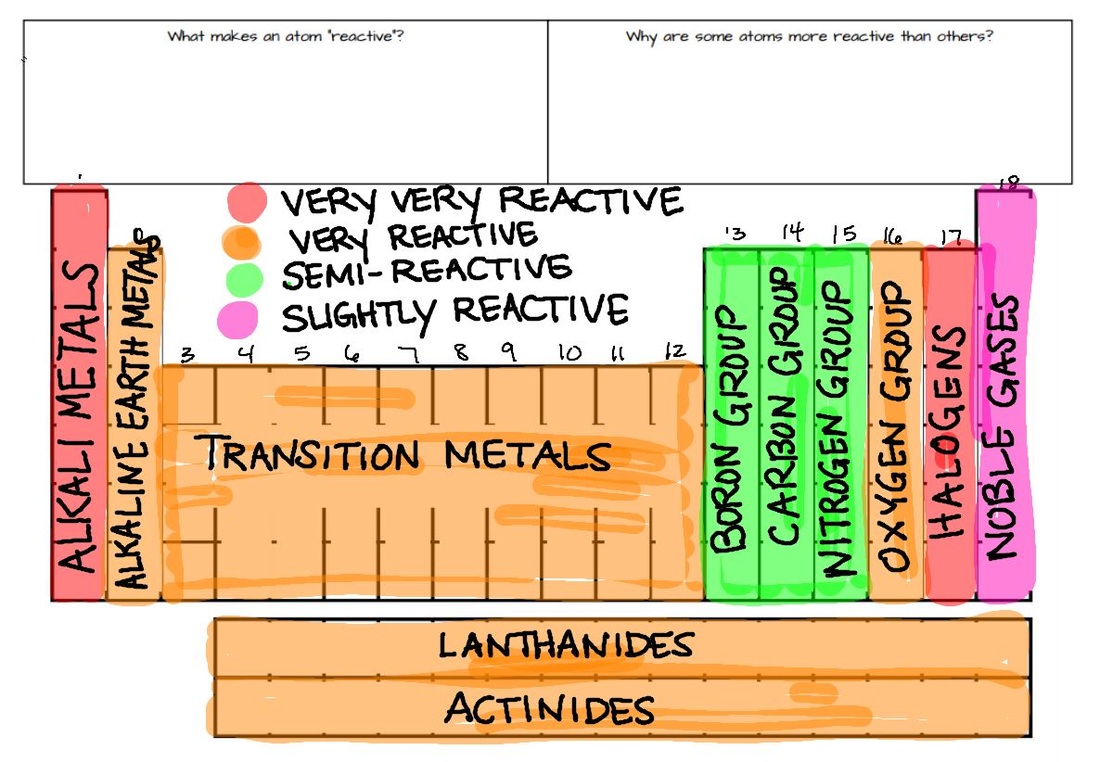



Suspecting that these crystals were a new element, Courtois sent samples to other chemists for investigation. However, in 1811, Courtois added sulfuric acid to his process and found that his process produced purple fumes that condensed into black crystals. Courtois typically boiled the seaweed ash with water to generate potassium chloride. Iodine was discovered by Bernard Courtois, who was using seaweed ash as part of a process for saltpeter manufacture. He originally proposed the name muride for the new element, but the French Academy changed the element's name to bromine. Balard discovered bromine by passing chlorine gas through a sample of brine. īromine was discovered in the 1820s by Antoine Jérôme Balard. The gas would burn human tissue externally and internally, especially the lungs, making breathing difficult or impossible depending on the level of contamination. It displaced oxygen in contaminated areas and replaced common oxygenated air with the toxic chlorine gas. Chlorine gas was used as a poisonous gas during World War I. In 1807, Humphry Davy investigated chlorine and discovered that it is an actual element. Scheele called the element "dephlogisticated muriatic acid", which is how chlorine was known for 33 years. However, elemental chlorine was not produced until 1774, when Carl Wilhelm Scheele heated hydrochloric acid with manganese dioxide. Hydrochloric acid was known to alchemists and early chemists. In 1886, Henri Moissan, a chemist in Paris, performed electrolysis on potassium bifluoride dissolved in anhydrous hydrogen fluoride, and successfully isolated fluorine. In 1860, George Gore, an English chemist, ran a current of electricity through hydrofluoric acid and probably produced fluorine, but he was unable to prove his results at the time. Early chemists realized that fluorine compounds contain an undiscovered element, but were unable to isolate it. The fluorine mineral fluorospar was known as early as 1529. Organobromides are the most important class of flame retardants, while elemental halogens are dangerous and can be toxic. The middle halogens-chlorine, bromine, and iodine-are often used as disinfectants. Most halogens are typically produced from minerals or salts.

All of the halogens form acids when bonded to hydrogen. The group of halogens is the only periodic table group that contains elements in three of the main states of matter at standard temperature and pressure, though not far above room temperature the same becomes true of groups (I) and 15, assuming white phosphorus is taken as the standard state. When halogens react with metals, they produce a wide range of salts, including calcium fluoride, sodium chloride (common table salt), silver bromide and potassium iodide. The word "halogen" means "salt former" or "salt maker". In the modern IUPAC nomenclature, this group is known as group (XVII) or group (VII). The halogens ( / ˈ h æ l ə dʒ ə n, ˈ h eɪ-, - l oʊ-, - ˌ dʒ ɛ n/ ) are a group in the periodic table consisting of six chemically related elements: fluorine (F), chlorine (Cl), bromine (Br), iodine (I), astatine (At), and tennessine (Ts), though some authors would exclude tennessine as its chemistry is unknown and is theoretically expected to be more like that of gallium.


 0 kommentar(er)
0 kommentar(er)
